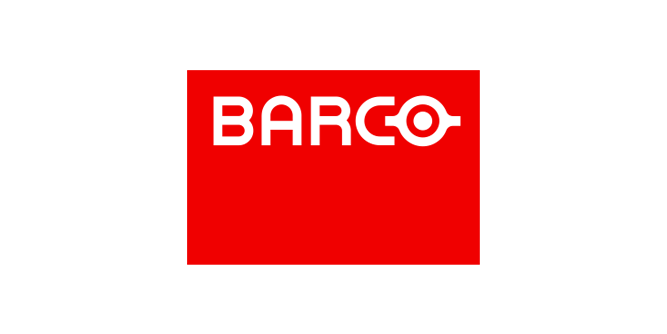The reconstruction project of Terminal 2 at Wuhan Tianhe International Airport, along with the construction of the T3 terminal, which involves an investment of over 40 billion yuan, was entrusted to PCI for the complete design of the broadcast system. The entirety employed the QSC Q-SYS fully networked audio system, incorporating robust logic processing, comprehensive system monitoring, cross-router management, redundant hot backup, and various technological advantages. This setup, complemented by a streamlined system architecture, meets the diverse functional requirements of the airport, illustrating a new-generation digital solution for transportation hubs. The broadcast system demands high stability and flexibility.
In the T3 terminal project, the broadcast system serves as a critical core system, responsible for various types of broadcasting such as business announcements, emergency broadcasts, and manual calls, encompassing the entire terminal and transportation hub. With a horizontal diameter of up to 1.2 kilometers, the terminal is equipped with comprehensive commercial zones, security areas, and a transportation center. Leveraging the strengths of QSC Q-SYS, it can handle up to 128 concurrent broadcast channels while managing up to 326 broadcast zones.
The broadcast system relies on two mutually redundant QSC Core 3100 units as the main processing core, capable of simultaneously managing up to 512x512 audio channels. 104 digital network amplifiers are installed in 14 amplifier rooms according to zones, transmitting digital signals through switches to the mainframe, significantly reducing system complexity and the high costs associated with extensive cable installations.
126 network calling stations, QSC 1600, are placed at each boarding gate, AOC, TOC, fire control room, VIP lounges, etc. All manual calling stations automatically adjust priorities based on user permissions and can store and forward calls based on usage within the calling zones. Each VIP lounge of every airline is equipped with a QSC TSC-3 touchscreen, used to operate the Core 3100's built-in audio player for background music and routine announcements. Additionally, it notifies each VIP of their boarding time through the calling stations. Customized user interfaces and technical services provide comprehensive support to users. A stable automatic broadcast voice interface and a sophisticated broadcast priority management mechanism ensure the orderly operation of broadcasts throughout the terminal. A proprietary broadcast system voice recording query software, coupled with NTP server interface functionality, records every manual broadcast, offering convenient access for query services.
The QSC Core 3100 operates in a dual-machine hot backup mode where real-time data and storage are shared between the two main units. In the event of a failure in the active main unit, it swiftly switches to the backup unit. All amplifiers feature an "8-to-1" automatic hot backup switch. Upon detection of an amplifier failure, the Core 3100 instantly switches to the backup circuit through a redundant device, imperceptible to the user.





















